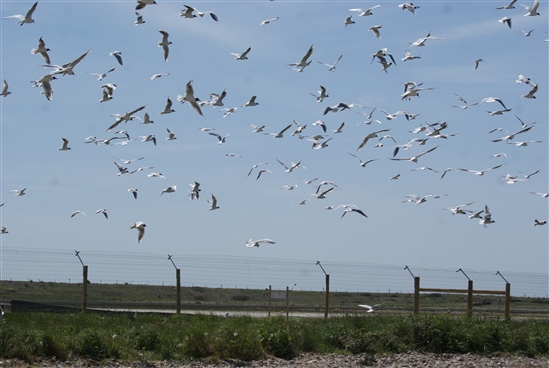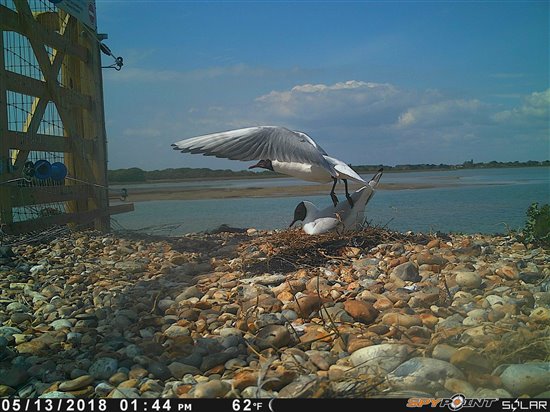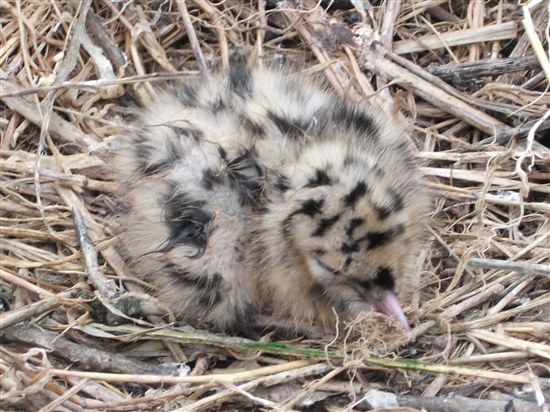After all the recent work on Tern Island it was hoped that there would be lots of little pattering of tiny feet and so it starts. over 450 pairs of Black headed Gull have made their home on the island this year, a record again!!!, and now there are a whole load more with the gulls starting to hatch.

the gulls inside the new fence

home is set up and the new arrival

As the gulls are now in full home making mode…